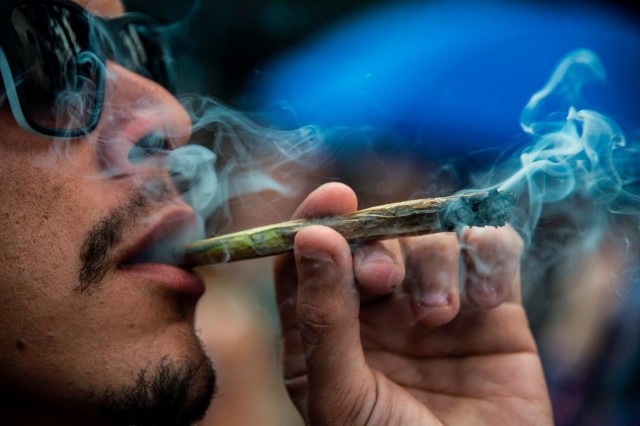Up to 60,000 cases of depression in UK could be avoided if teenagers stay off cannabis, study says
Alex Matthews-King Health Correspondent
As many as 60,000 cases of depression in adults could have been avoided by preventing teenagers trying cannabis, researchers behind a major new analysis have said.
In the largest study to date, researchers from Canada and Oxford University found robust evidence that trying the drug before the age of 18 meant young people were more likely to develop depression and experience suicidal thoughts.
Researchers said the widespread use of the drug among teenagers was unlikely to change, but with potencies increasing then much more work was needed to educate young people on these risks.
"The proportion of people with depression where that would not occur if the population did not use cannabis is around 7 per cent," Professor Andrea Cipriani, one of the authors from the University of Oxford, said.
"This equates to around 400,000 cases of depression in the US, 25,000 in Canda or around 60,000 cases of depression in the UK which would be avoided if adolescents no longer used it."
"It's a big public health and mental health problem, we think," he added.
The study, published in JAMA Psychiatry on Wednesday, is a meta-analysis of 11 other studies following 23,000 people in all, tracing their drug use and mental health from the point before they had tried cannabis for the first time up until the age of 34.
Researchers found no significant link between anxiety and cannabis use, but with depression the effect was equivalent to a 37 per cent rise in an individual's risk. However, Dr Cipriani said individual factors like family history and other life stresses still played a bigger role.
With around 4 per cent of teenagers aged 11 to 15 in England estimated to have used cannabis in the past month, the study's conclusions could have widespread consequences.
Dr Gabriella Gobbi, the study's first author, from McGill University in Canada, where cannabis was legalised for over-18s in October, said her work with schools showed misunderstandings were rife.
"Some teenagers think because it's a plant it's without harm," she said. "It's important to inform adolescents about the risks and the kind of cannabis they use.
"Today, unlike the 1980s and 1990s where THC concentration was about 6 per cent, we now we have joints of 10-15 per cent THC or more." THC (tetrahydrocannabinol) is the principal psychoactive constituent of cannabis, and one of at least 113 cannabinoids identified in the substance.
An increased concentration of THC means the same analysis conducted with teenagers trying cannabis today could show even more pronounced impacts, but this won't be seen for another decade.
Martin Powell, head of campaigns for Transform Drug Policy, a charity that advocates for drug law reforms, said protecting young people could be made easier by regulating the market.
"You can, as Uruguay has done, cap the strength – which they've done at around 10 per cent," he told The Independent.
"What you can't do is guarantee young people will never take drugs. They will. But you can make sure the vast majority of the market comes under restrictions from age, ingredients and potency – with a specific view to protecting young people."
He likened it to harm reduction that comes from having alcohol legalised, despite underage drinking occurring.
"Any parent out there who would rather their child didn't drink will say, if they are going to they would prefer something that had a known alcohol content, and wasn't moonshine with contaminants."

